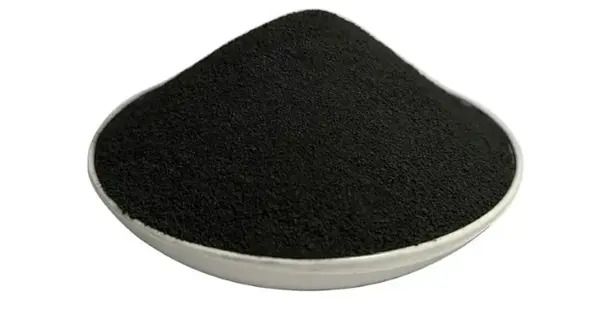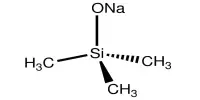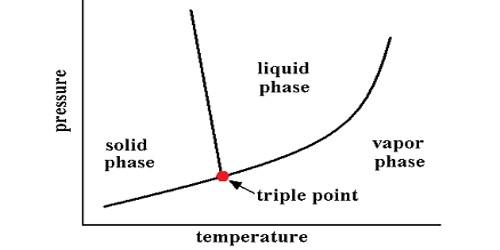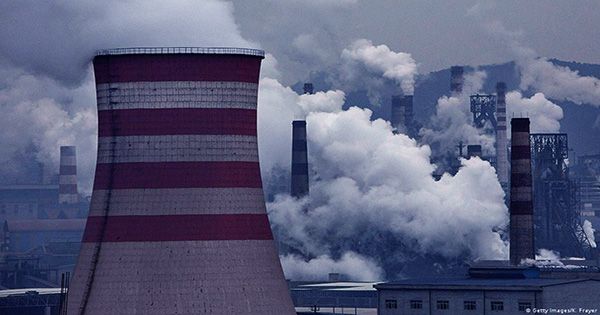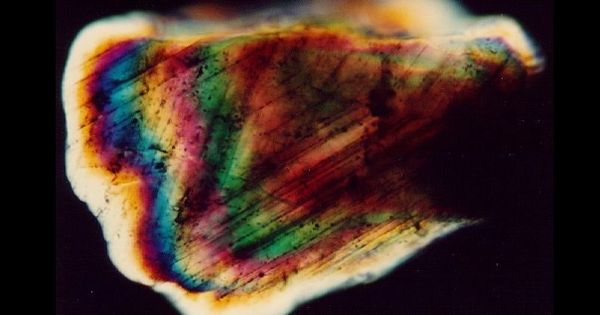Tantalum hafnium carbide is a refractory chemical compound having the general formula TaxHfyCx+y. It can be thought of as a solid solution of tantalum carbide and hafnium carbide. It is an ultra-high temperature ceramic (UHTC) material, a type of material noted for its remarkable characteristics at high temperatures. It was formerly thought to have the greatest melting point of any known chemical, but fresh research has shown that hafnium carbonitride actually has a higher melting point.
Properties
Tantalum and hafnium carbide have the greatest melting points among binary compounds, at 4,041 K (3,768 °C; 6,814 °F) and 4,232 K (3,959 °C; 7,158 °F), respectively, whereas their “alloy” Ta4HfC5 has a melting point of 4,178 K (3,905 °C; 7,061 °F).
Because of the apparent experimental problems at high temperatures, there have been very few melting point measurements in tantalum hafnium carbide. A 1965 research of TaC-HfC solid solutions at temperatures ranging from 2,225-2,275 °C discovered that Ta4HfC5 had the lowest evaporation rate and hence the highest thermal stability.
- High Melting Point: Tantalum hafnium carbide has one of the highest melting points of any known material, around 4,150 degrees Celsius (7,500 degrees Fahrenheit).
- Hardness: It is extremely hard, similar to tungsten carbide, making it suitable for applications requiring wear resistance.
- Thermal Conductivity: It exhibits high thermal conductivity, which is beneficial in applications where heat dissipation is crucial.
- Chemical Stability: It is resistant to chemical degradation at high temperatures and in harsh environments.
Applications
- Refractory Materials: Used in high-temperature applications such as in rocket nozzles, re-entry vehicle nose caps, and other aerospace components.
- Cutting Tools: Due to its hardness and wear resistance, it can be used in cutting tools for machining extremely hard materials.
- Industrial Furnaces: Used in furnace components where high temperatures and chemical resistance are required.
- Armor: Potential applications in armor materials due to its hardness and high melting point.
